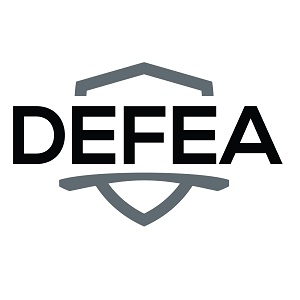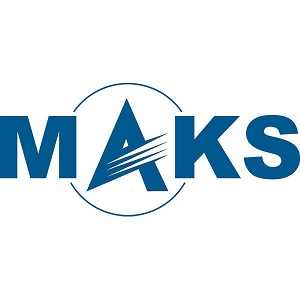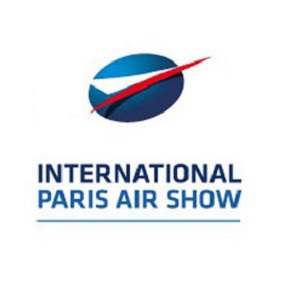Heavy Altius and Okhotnik drones will be included into the state aviation register to get their unique numbers and onboard identification marks. The operators will be equaled to aircraft captains. After the registration, drones will become fully-fledged air traffic participants and will be able to fly along general and international air routes, the Izvestia daily writes.
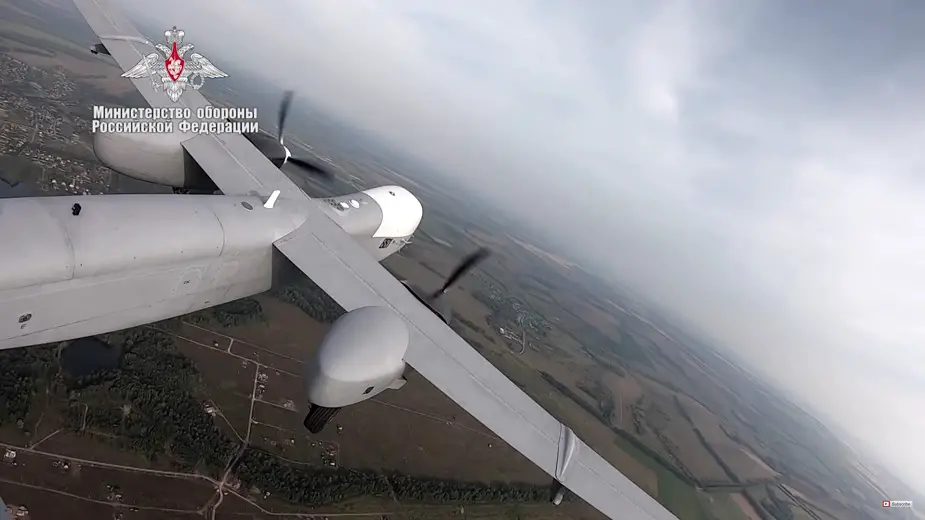 Altius-U UAV (Picture source: Russian MoD)
Altius-U UAV (Picture source: Russian MoD)
The Defense Ministry said drones of over 10 tons will be included into the state aviation register. Federal air rules for state registration of aircraft approved in 2002 will be amended. Their current edition said drones have to be accounted for only by the number. The regulation will change and stipulate that "all aircraft, unmanned aerial vehicles of domestic or foreign make are liable for state registration."
It mostly concerns heavy drones, such as super long-range Altius and the heaviest Russian Okhotnik. Altius has a wingspan of 28.5 meters and is 11.6 meters long. Its takeoff weight is close to 7 tons. 20-ton Okhotnik is 14 meters long and the wingspan is 19 meters.
All flying craft in the state register receive identification marks on the wings and the fuselage. They comprise the international RF call sign issued to Russia by the International Telecommunications Union which determines the Russian origin of the aircraft, as well as the registration number. The main headquarters of the Aerospace Forces issue the number to the craft. The entry of heavy drones into the state aviation register will allow them to fly along general air corridors, including international ones.
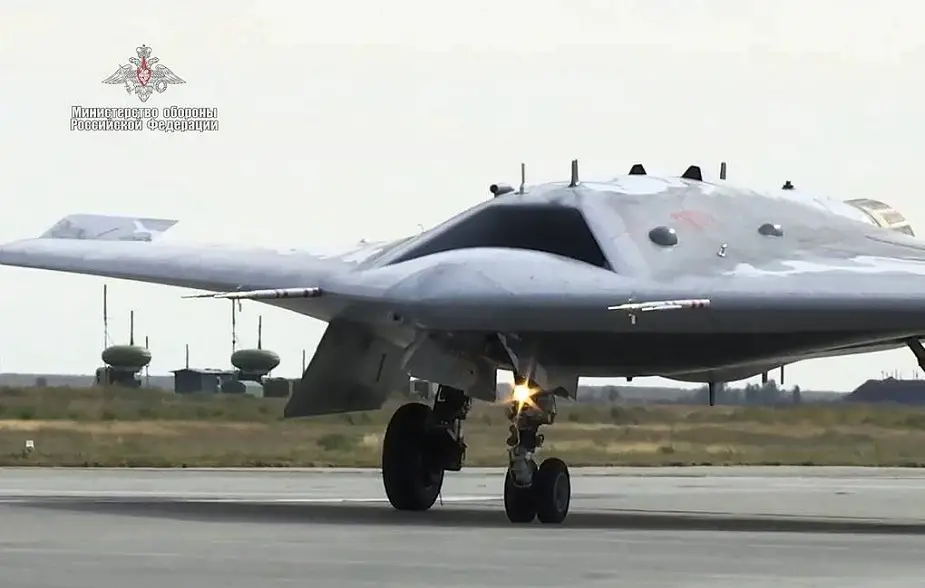 Okhotnik UAV (Picture source: Russian MoD)
Okhotnik UAV (Picture source: Russian MoD)
No country will allow an unregistered aircraft without onboard identification into its airspace regardless of whether it is manned or unmanned. There were problems with sending fifth-generation Su-57 fighter jets to Syria, as the countries on the way refused to let unregistered aircraft into their airspace. The military had to urgently include the jets into the register and provide registration numbers to them.
When drones enter the register, they will be able to fly abroad upon agreement of the Russian command with foreign authorities. "US heavy drones even have a standard civilian responder for international flights. Controllers monitor where and how the vehicle flies. Our drones will fly the same way after registration. Okhotnik is actually a jet aircraft. It can fly civilian routes," expert Anton Lavrov said.
Legislative changes are necessary for major drones to join common aviation flows in an organized way, former Deputy Minister of Civil Aviation Oleg Smirnov said. "The craft will have no advantages. It has to observe all rules like a civilian aircraft. The operator must properly know the flight rules in an airspace like an aircraft captain. He has to be in constant contact with the air traffic controller," he said.
Manned and unmanned craft have to fly by their routes in specific sectors and the flights have to be reported, Smirnov said. Air traffic controllers have to know that a flying craft will appear on the screen and they have to control the flight so that it does not cross the course of a passenger aircraft, the Izvestia said.
© Copyright 2019 TASS. All rights reserved. This material may not be published, broadcast, rewritten or redistributed.

















